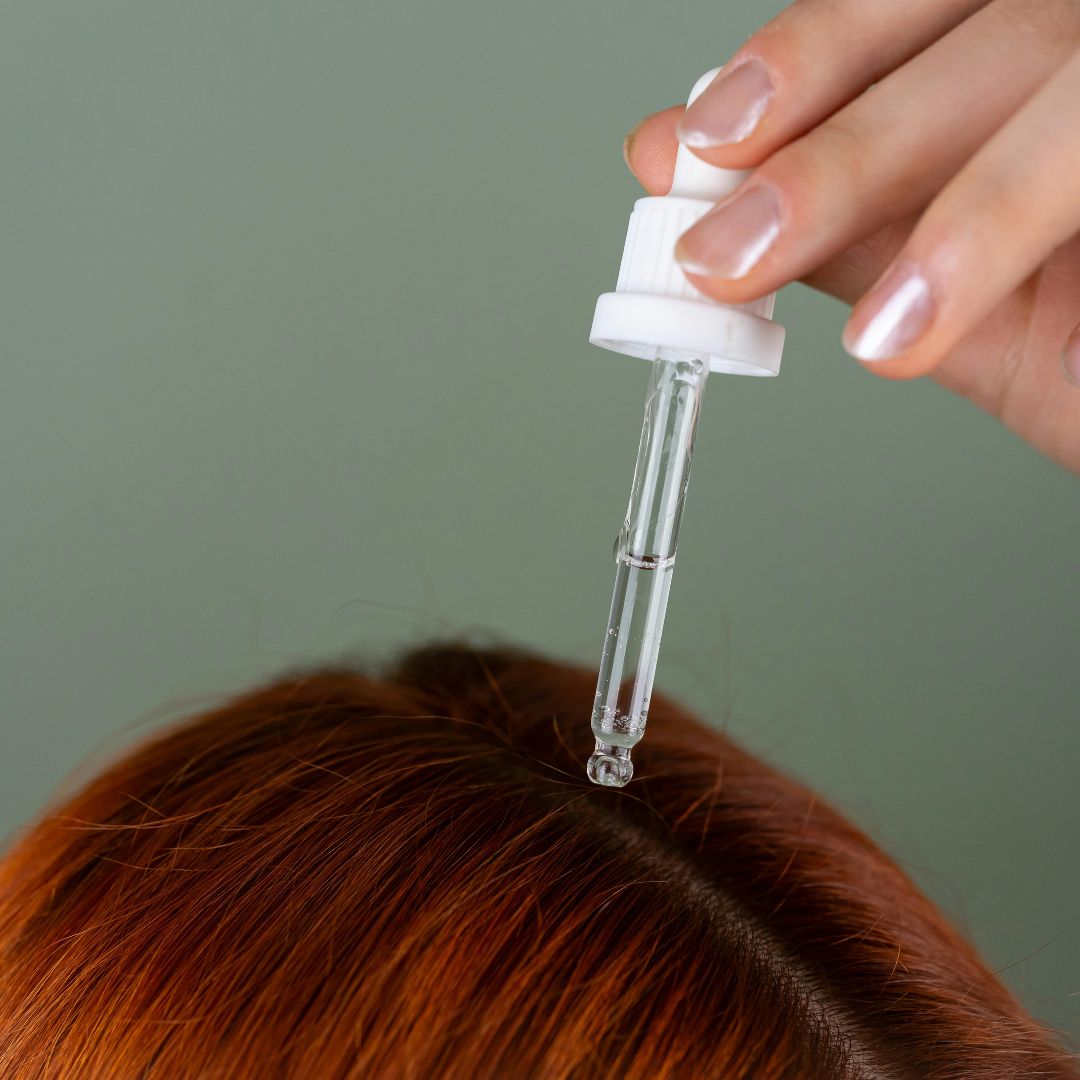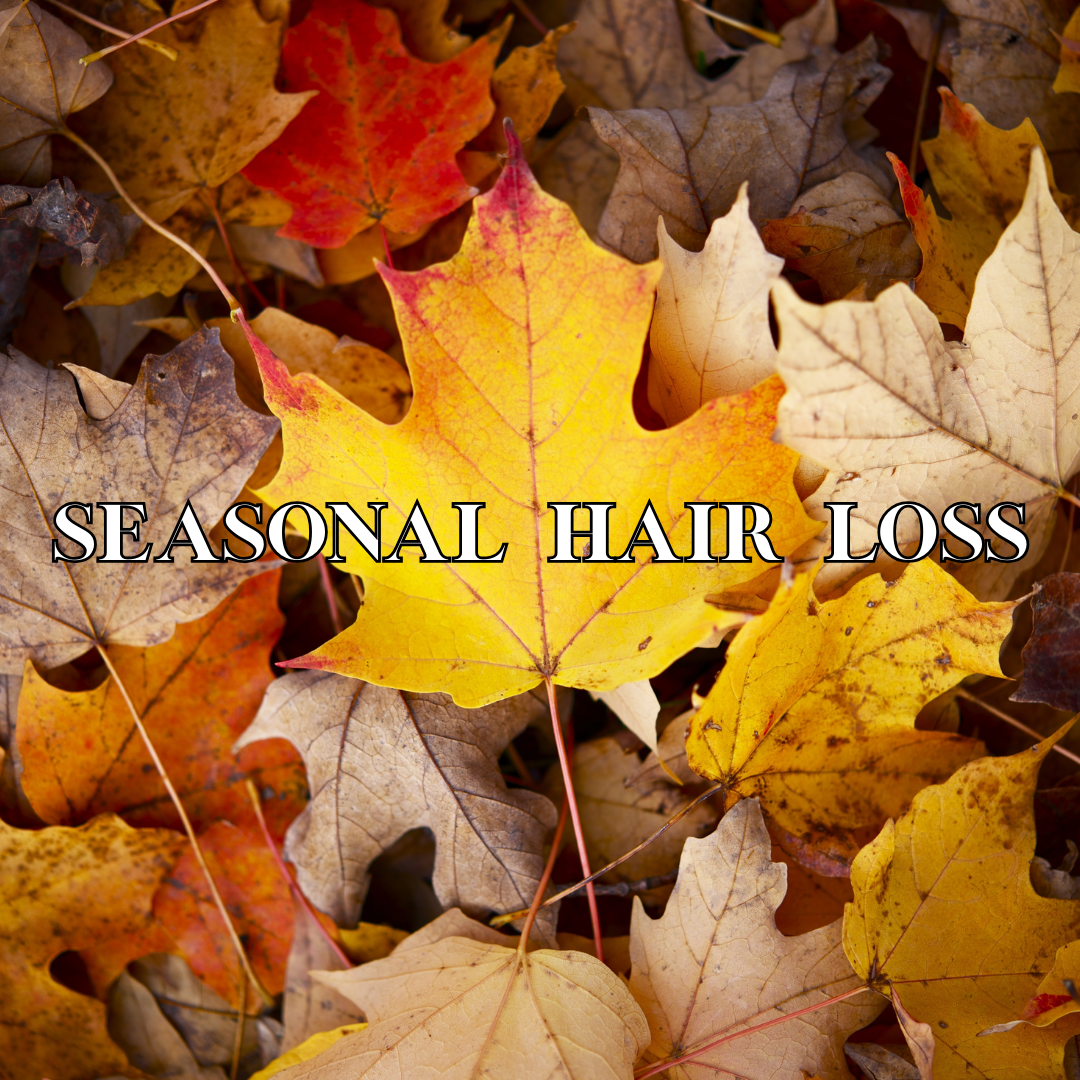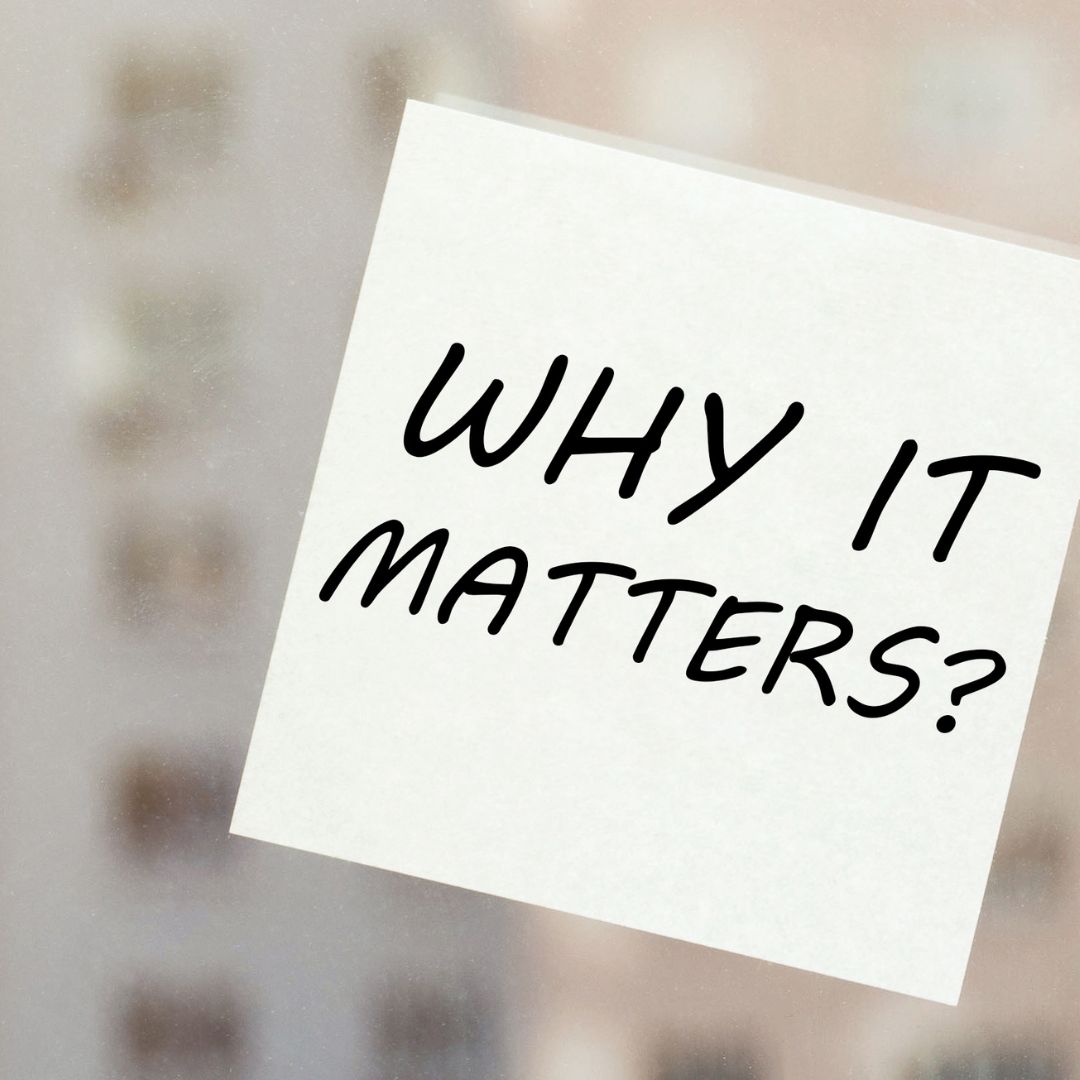Flavio Lucariello - Apr 22, 2025
Types of Hair Loss: Everything You Need to Know

Hair loss can be a sensitive subject, but understanding the type of hair loss you're experiencing is the first step to finding the right solution. Whether you're seeing extra strands in the shower or noticing thinning at your temples, the big question is: what’s really going on?
This guide breaks down the main types, who they affect, and what you can realistically do to regain control.
What Is Hair Loss—and Why Does It Happen?
Hair loss is when hair falls out more than usual or doesn’t grow back the same way it used to. It affects millions of men and women worldwide and can result from several causes including:
- Hormonal changes (like menopause or androgens)
- Genetics
- Stress
- Medical conditions or medications
- Poor scalp health and inflammation
In many cases, particularly with hormonal hair loss, dihydrotestosterone (DHT)—a derivative of testosterone—binds to hair follicles, causing them to shrink. This process, called follicular miniaturization, shortens the growth phase of hair (anagen), producing thinner, weaker strands until the follicle stops producing hair altogether. Other causes, like stress or nutrient deficiencies, can trigger sudden shedding by prematurely shifting follicles into the resting phase (telogen).
💡 Tip: If you're seeing gradual thinning or an unusual amount of hair in your brush, it might be time to look closer at what type of hair loss you're experiencing.
How Many Types of Hair Loss Are There?
There are several types of hair loss, each with unique causes and patterns. Below, we’ll explore the most common ones and how to recognize them—so you can take action early.
Think of this section as your personal checklist. Which type sounds like what you’re experiencing?

1. Androgenetic Alopecia (AGA)
Also known as pattern baldness, it is the most common form of hair loss in both men and women. It's genetically driven and often worsens with age.
- In men: Receding hairline, thinning at the crown.
- In women: Diffuse thinning across the top of the scalp (often maintaining the frontal hairline).
🔍 Spot the signs: Are you seeing your part line widening or your hairline creeping back? That’s a possible clue.

2. Telogen Effluvium
Often triggered by stress, illness, or hormonal shifts (like menopause or postpartum), telogen effluvium causes a sudden shedding of hair.
- Usually temporary.
- Hair tends to fall out all over the scalp (diffuse thinning).
🔍 Spot the signs: Excess hair on your pillow, shower drain, or brush? Consider what stressors or changes your body has recently faced.
2. Telogen Effluvium
Often triggered by stress, illness, or hormonal shifts (like menopause or postpartum), telogen effluvium causes a sudden shedding of hair.
- Usually temporary.
- Hair tends to fall out all over the scalp (diffuse thinning).
🔍 Spot the signs: Excess hair on your pillow, shower drain, or brush? Consider what stressors or changes your body has recently faced.


3. Alopecia Areata
An autoimmune condition where the immune system attacks hair follicles, resulting in patchy bald spots.
- Can affect scalp, eyebrows, or even eyelashes.
- May resolve on its own or persist.

4. Traction Alopecia
This occurs due to excessive pulling or tension on hair from tight hairstyles (braids, ponytails, etc).
- Hairline often affected first.
- Over time, can lead to permanent damage if not addressed.
4. Traction Alopecia
This occurs due to excessive pulling or tension on hair from tight hairstyles (braids, ponytails, etc).
- Hairline often affected first.
- Over time, can lead to permanent damage if not addressed.

Types of Hair Loss in Females
Women often experience more diffuse thinning rather than bald spots, making diagnosis tricky. Common types in females include:
- Female Pattern Hair Loss (FPHL): Gradual thinning along the part or top of the scalp. Often worsens during menopause due to hormonal shifts.
- Telogen Effluvium: Related to postpartum changes, stress, or nutritional deficiencies.
- Menopause and Hair Loss: Hormonal fluctuations can lead to thinner, finer hair, often referred to as thinning hair menopause or female hair loss menopause.
- Receding Hairline in Women / Thin Hairline Female: May indicate traction alopecia or AGA.
👀 See signs of widening part or more visible scalp? You could be experiencing early-stage FPHL. A scalp consultation or trichologist visit might help clarify the cause.
Types of Hair Loss in Males
Men typically experience more pronounced pattern baldness. Key types include:
- Male Pattern Baldness: Often begins with a receding hairline or bald spot on the crown. Influenced by genetics and DHT.
- Diffuse Thinning: Can occur all over the scalp rather than in specific areas.
- Stress or Illness-Induced Loss: Often telogen effluvium.
- Traction Alopecia: Seen in men who wear tight hairstyles or headwear frequently.
🧢 Noticing a receding hairline or more scalp showing under bright light? Early detection allows more options for treatment, including low-level laser therapy or topical serums.
How to Respond to Hair Loss
If you’re seeing signs of hair loss, here’s a breakdown of your options:

1. Professional Diagnosis
Always a smart first step. A dermatologist or trichologist can confirm the type of hair loss through a scalp examination or biopsy.

2. Medications
- Minoxidil (Rogaine): Topical solution to stimulate hair growth.
- Finasteride (Propecia): Oral medication that reduces DHT, primarily for men.
These can be effective but may cause side effects and require ongoing use to maintain results.
2. Medications
- Minoxidil (Rogaine): Topical solution to stimulate hair growth.
- Finasteride (Propecia): Oral medication that reduces DHT, primarily for men.
These can be effective but may cause side effects and require ongoing use to maintain results.


3. Natural & Non-Invasive Treatments
- Scalp Treatments & Serums: Look for products that nourish the follicle and promote circulation.
- Lifestyle Changes: Stress management, diet, and sleep all contribute to hair health. 👉 Check out our guide on habits, nutrition, and hair loss → How to Stop Your Hair from Falling Out and Prevent Hair Loss
At BLOOME™, We Focus on Drug-Free, Proven Solutions
While medications have their place, at Bloome, we believe in empowering people with non-invasive, science-backed solutions to help manage and prevent hair loss—without unwanted side effects. That’s why we created the FLO™ Brush.
The FLO™ Brush: The Innovative Hair And Scalp Reviving Treatment
The FLO™ Brush combines red light therapy for hair growth, microcurrent stimulation, and serum delivery technology into a single, easy-to-use device. It helps:
- Stimulate dormant follicles
- Improve scalp circulation
- Enhance serum absorption
- Promote hair growth
- Fight and reduce hair loss
- Support long-term hair health—without medications
Ideal for both men and women, especially those dealing with diffuse thinning, menopause-related hair loss, or early signs of pattern baldness, the FLO™ Brush offers a modern, at-home way to take control of your hair journey.
While we also offer a curated line of hair serums and scalp treatments, the best part is: the FLO™ Brush enhances the effectiveness of any topical product. Its advanced technologies are clinically shown to boost the absorption and performance of your existing treatments.
Final Thoughts: Know Your Type, Take Action
The earlier you identify the type of hair loss you’re dealing with, the better your chances of slowing or reversing it. Whether you're dealing with hormonal shifts, stress-induced shedding, or simply genetics, there are paths forward.
🔎 Quick self-check:
- Seeing more scalp than usual? Look into diffuse thinning.
- Losing hair at the temples or crown? Could be pattern hair loss.
- Patchy bald spots? Might be alopecia areata.
And remember: no one-size-fits-all treatment exists. But with the right tools—like red light therapy and consistent scalp treatment—you can give your hair a fighting chance.
✨ Want to take the first step? Discover the FLO™ Brush, and see what’s possible with science-backed, salon-grade tech at home.






